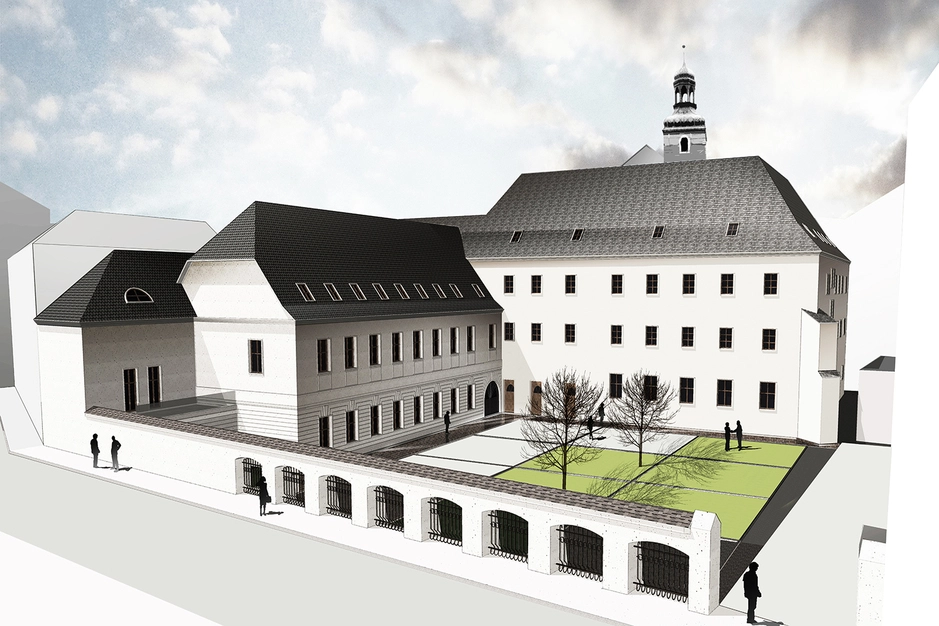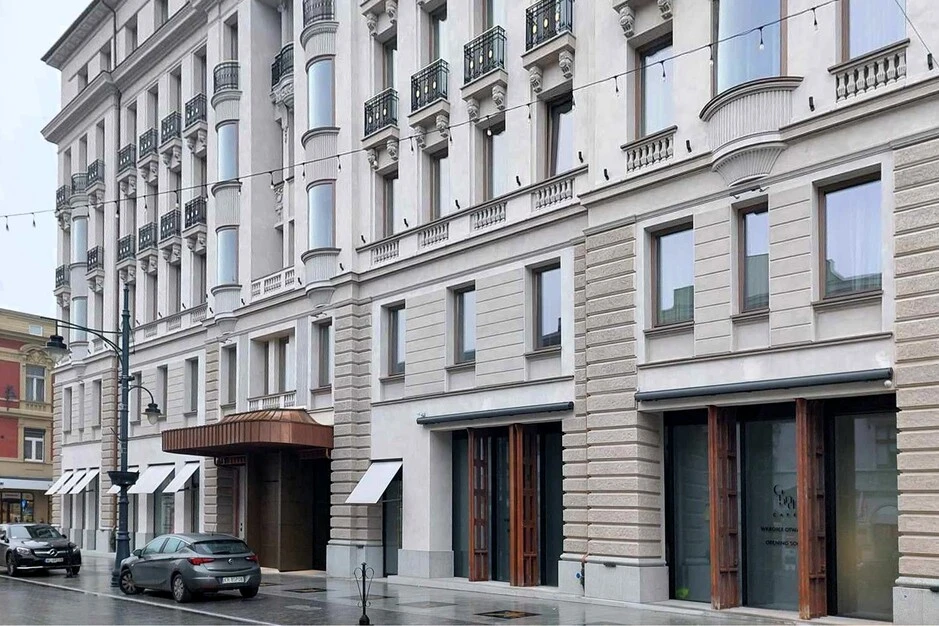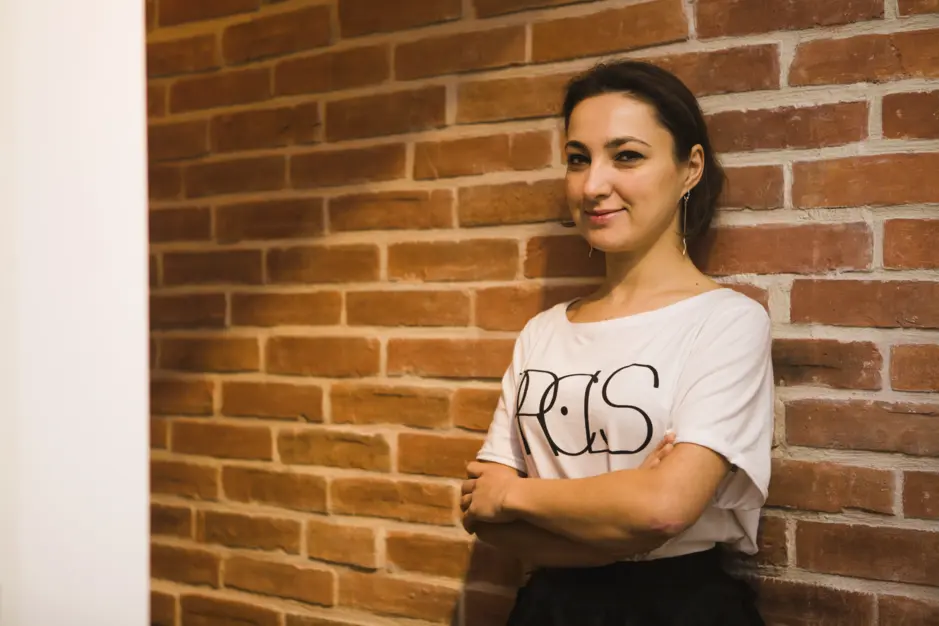”Movement shapes space. Time leaves its mark, turning places into language. Design listens closely to passing moments. Architecture is the art of embracing change and the human being.”
”Movement shapes space. Time leaves its mark, turning places into language. Design listens closely to passing moments. Architecture is the art of embracing change and the human being.”

A structure unfolds — open yet defined. Firstly, steel frames hold tension and possibility. Next, walls become canvases for movement and interaction. Inside, a network of paths, platforms, and voids creates rhythm. Meanwhile, outside meets inside without resistance. Indeed, the architecture invites action, not just observation. Moreover, every element suggests use: climbing, gathering, resting, passing through. It is not a building to be seen, but to be lived — flexible, social, alive. Importantly, nothing is fixed; everything anticipates change. As a result, the scaffolding of daily life is made visible — stairs exposed, balconies layered, spaces overlapping. Thus, architecture becomes choreography, guiding bodies through light, shadow, and structure. In other words, it is a space in flux, shaped as much by those who move through it as by the materials that hold it together.

This is why I do what I do as an architect: I work with what exists. First of all, I listen to buildings that have stood for centuries. Then, I study proportions, rhythms, and the silence of thick walls. Furthermore, I bring light into forgotten corners. Also, I add without noise. In fact, the new does not shout — it complements, clarifies, and connects. Consequently, I create spaces where history can breathe, and the present can live. A courtyard becomes a meeting place. A boundary becomes a gesture. Transformation, not erasure. Continuity, not imitation. Therefore, every intervention is a dialogue. The past offers its texture; the present adds its precision. Materials are chosen to resonate, not compete. Openings align to frame views both inward and outward. As a consequence, the space becomes layered — not only in form, but in memory. Architecture here is not spectacle. It is care. It is continuity shaped into form.
This is why I do what I do as an architect: I work with what exists. First of all, I listen to buildings that have stood for centuries. Then, I study proportions, rhythms, and the silence of thick walls. Furthermore, I bring light into forgotten corners. Also, I add without noise. In fact, the new does not shout — it complements, clarifies, and connects. Consequently, I create spaces where history can breathe, and the present can live. A courtyard becomes a meeting place. A boundary becomes a gesture. Transformation, not erasure. Continuity, not imitation. Therefore, every intervention is a dialogue. The past offers its texture; the present adds its precision. Materials are chosen to resonate, not compete. Openings align to frame views both inward and outward. As a consequence, the space becomes layered — not only in form, but in memory. Architecture here is not spectacle. It is care. It is continuity shaped into form.


Inside, the architecture unfolds through a carefully crafted network of paths, platforms, and voids. Instead of static rooms, it offers a dynamic environment where circulation becomes an experience in itself. In fact, every level and layer contributes to a sense of rhythm — a choreography of movement shaped by structure and light. Furthermore, transitions between spaces feel seamless. From one zone to another, people are guided naturally by architectural cues: exposed staircases, overlapping balconies, and transparent dividers. This openness fosters flexibility and social engagement, turning everyday movement into a shared experience. Consequently, the inside is not just functional — it is adaptive, responsive, and alive. Architectural elements do more than define space; they suggest use: gathering, climbing, resting, or simply passing through. Overall, this is interactive architecture at its core — designed to evolve with its users.
On the outside, boundaries dissolve rather than constrain. At first glance, the building appears open, even unfinished — yet this openness is intentional. Through its exposed structure and minimal enclosure, the architecture welcomes interaction with the surrounding environment. Instead of presenting a façade, the exterior acts as an invitation — drawing people in, encouraging movement across thresholds. Cantilevered platforms, open staircases, and layered terraces create spatial depth, allowing users to observe, engage, and inhabit the building from multiple angles. Thus, the architecture becomes part of the landscape, not separate from it. Ultimately, the exterior is not a shell — it is a stage. People don’t just enter this space; they pass through, dwell, and gather within it. The architecture responds to the climate, the site, and the people, creating a fluid, porous boundary between building and world.


On the outside, boundaries dissolve rather than constrain. At first glance, the building appears open, even unfinished — yet this openness is intentional. Through its exposed structure and minimal enclosure, the architecture welcomes interaction with the surrounding environment. Instead of presenting a façade, the exterior acts as an invitation — drawing people in, encouraging movement across thresholds. Cantilevered platforms, open staircases, and layered terraces create spatial depth, allowing users to observe, engage, and inhabit the building from multiple angles. Thus, the architecture becomes part of the landscape, not separate from it. Ultimately, the exterior is not a shell — it is a stage. People don’t just enter this space; they pass through, dwell, and gather within it. The architecture responds to the climate, the site, and the people, creating a fluid, porous boundary between building and world.

Finally, I’m Kinga Wolińska. I’m an architect by passion. I work with places, with people, with time. I believe architecture is not just about buildings — it’s about relationships. My work begins with listening — to materials, to people, to the story a place wants to tell. Whether it’s a quiet intervention or a bold transformation, I seek clarity and coherence. I believe good architecture creates balance — between form and function, heritage and innovation, permanence and change.
My practice moves between the practical and the theoretical — designing for clients who seek thoughtful architecture, while also exploring ideas in an academic context at the university.
Architecture bridges past and future — and reflects who I am.